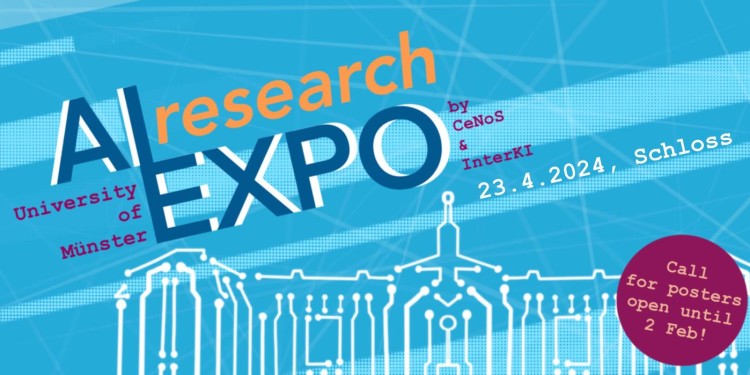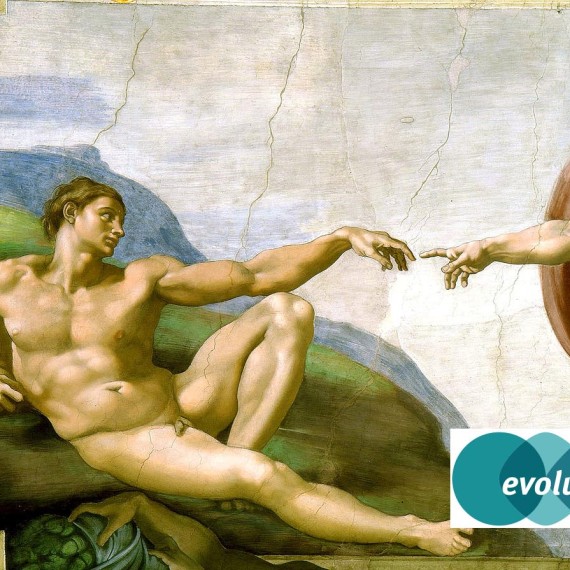


Christian Grimme explains the principle of evolutionary algorithms
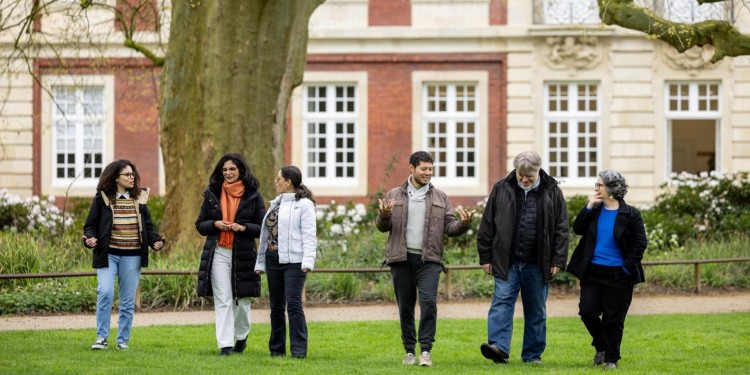
Building up long-term networks
Events

Surrounded by top-level reseachers
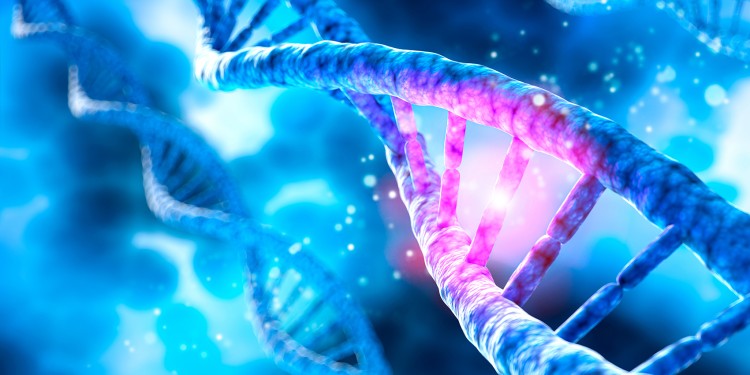
Chemist sheds light on his latest research on the occasion of DNA Day
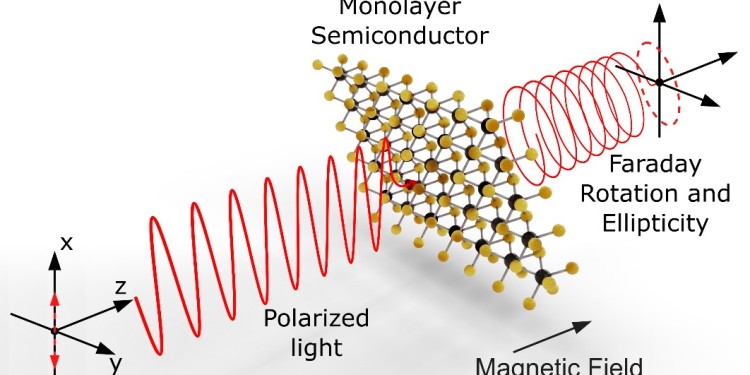
Study shows: 2D materials rotate light polarisation
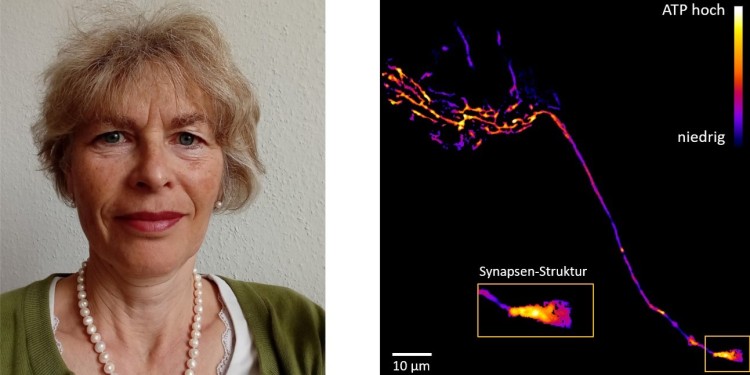
“Research Grant” for cell biologist Karin Busch
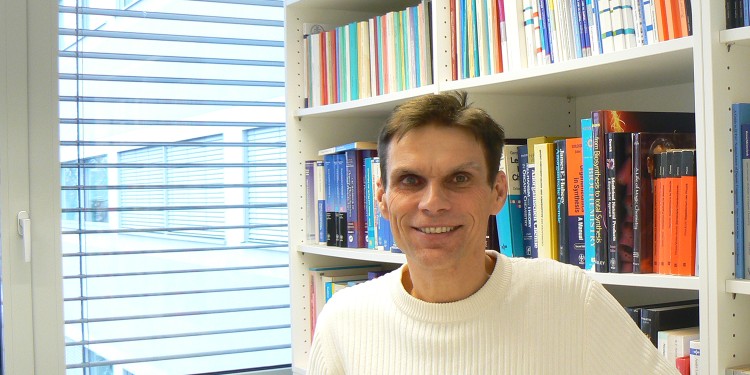
European Research Council awards Armido Studer an Advanced Grant
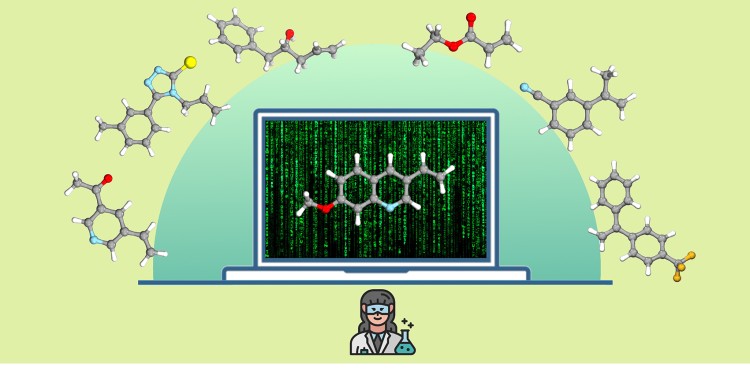
New strategy for assessing the applicability of reactions
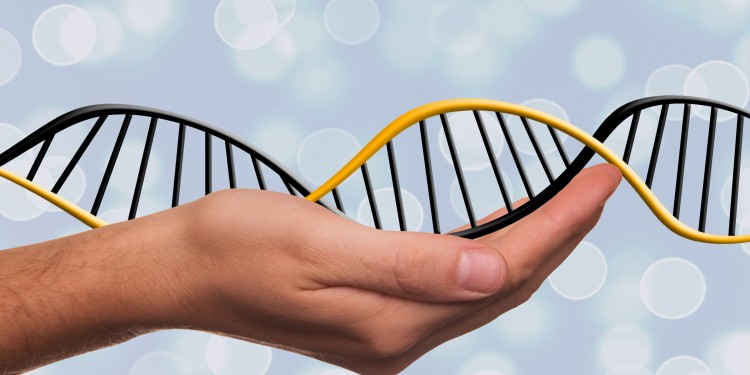
A powerful tool for basic research
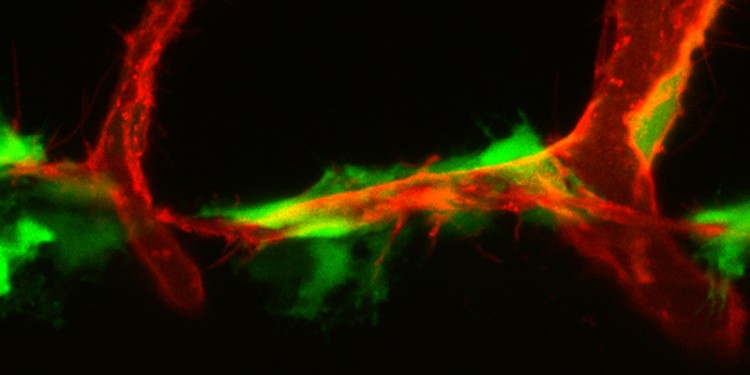
Researchers – knowing exactly what they are doing
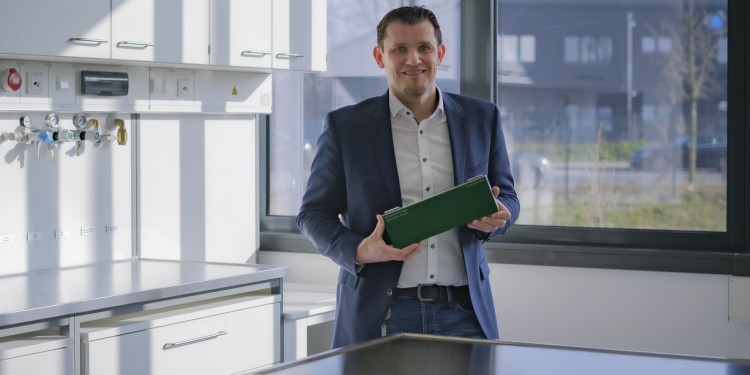
A portrait of battery researcher Simon Lux
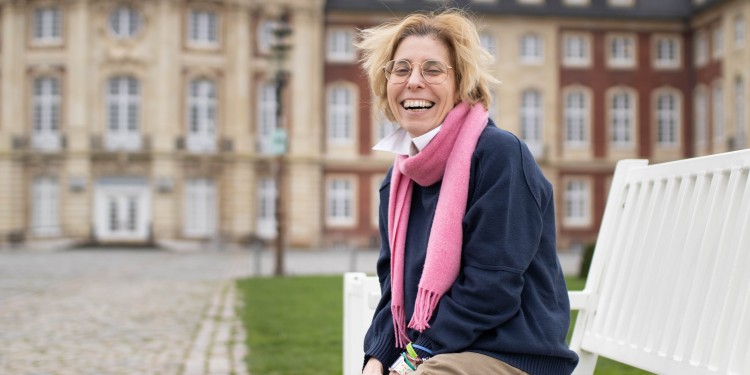
Daniela Bonanno on her role as “Research Alumni Ambassador”
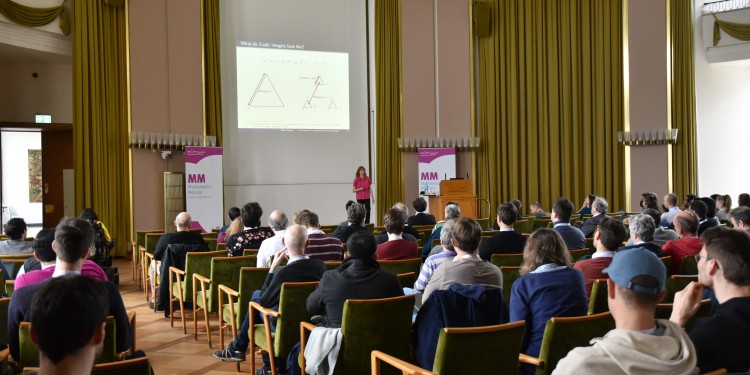
Mid-Term Conference: Looking at the broad spectrum of mathematics
Your search did not match any of our news releases.
Suggestions:
- Make sure that all words are spelled correctly.
- Try different keywords.
- Try more general filters.
- Expand the period of time.

